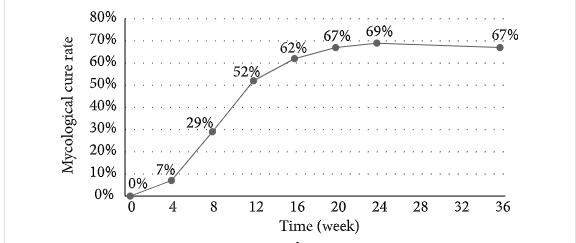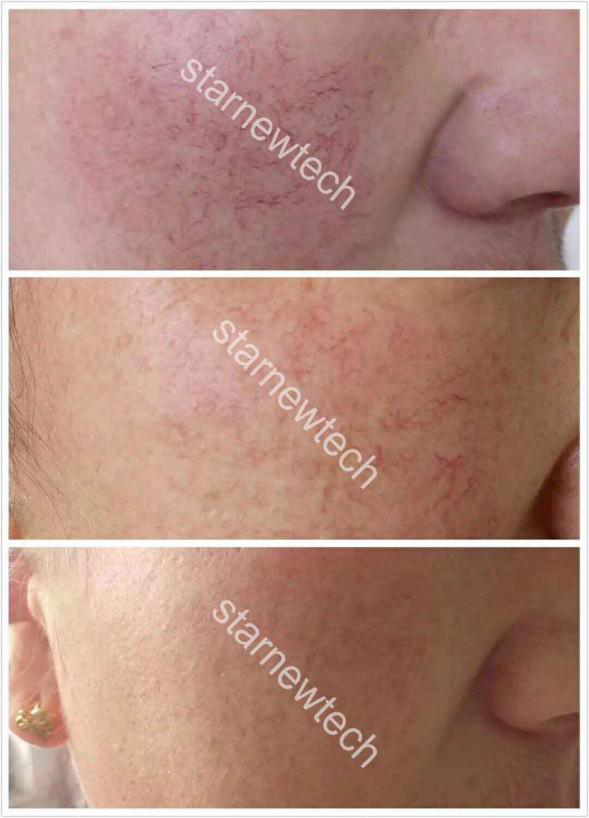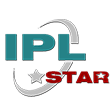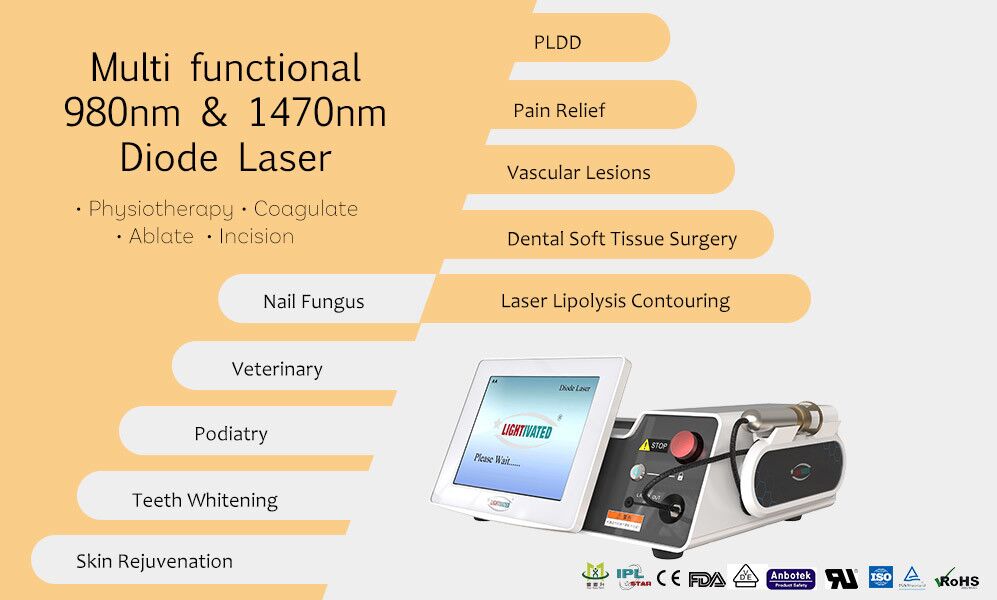07月09 Applications of Dual-wavelengths 980nm & 1470nm Diode Laser
Fungus nail removal
The 980 nm wavelength has the ability to pass into the nail bed. Consequently, any fungal material in the nail bed is heated to extremely high temperatures which inhibits growth, causes damage and targets cells. With the high temperatures, toxic levels of adenosine triphosphate (ATP) and oxygen are created, disrupting fungal mitochondrial membrane potential, leading to slower growth rates and eventually growth completely stops.
A total of 24 treatments are required, achieve best effect.
Clinical improvement was achieved in 56% of patients treated with laser only after a mean of 4.5 treatments and in 69% of patients treated with laser in combination with topical antifungals after a mean of 3.6 treatments. Cultural healing was detected in 63% of patients treated with laser only after a mean of 5.4 treatments, vs. 86% of patients treated with laser and concomitant topical antifungals after a mean of 4.8 treatments. Microscopic healing (complete healing) with the absence of fungal pathogens was achieved in 11% of patients after a mean of 4.7 treatments with laser only, vs. 21% of patients treated with laser and concomitant topical antifungals after a mean of 4 treatments. No relevant adverse effects were observed.
Note: Topical antifungal prescribed after first treatment

Vascular removal
Target different parts, such as face and legs. Vascular lesions of different shapes and thicknesses use different energy.
According to the feedback from our customers, each patient has a different ability to withstand and must start with a lower energy until the patient can withstand the maximum energy. Otherwise it is easy to burn.

Fiber laser mole removal
You can use the fungus nail treatment head, remove moles, need adjustable energy.
I will send the two operation video for you.
Lipolysis
- The diode laser generates a 980nm wavelength laser to act on a target tissue that absorbs a specific pigment to achieve resection, hemostasis, closure, ablation, and coagulation of the target tissue, At the same time, the 980nm wavelength laser also promotes local blood circulation and assists tissue cells to accelerate regeneration.
- The diode laser generates a 1470nm wavelength laser that acts on the water molecules of the target tissue to achieve the functions of excision, hemostasis, closure, ablation, and vaporization of the target tissue.

It is a fat dissolving technology using plasma photothermal dissolution theory. By liquefying fat cells uniformly, the liquefied fat is discharged from the body during natural metabolism of the human body.
Mark the lipolytic site first, then enter the anesthesia, then the doctor will apply a liquid called “swelling fluid” to the deep fat where liposuction is required. The role of the swelling fluid is to relieve pain and reduce bleeding, and can effectively protect the surrounding tissues and organs from being injured during aspiration.
The operation process of fiber optic lipolysis is controlled at about 2000ml each time. Those with heavier weight can be appropriately relaxed to 2500ml, but the maximum total amount of one operation cannot exceed 3000ml.
Click Here To View Our 980NM & 1470NM DIODE LASER MACHINE Information
Physiotherapy
Treatment every two or three days until no obvious symptoms
Laser light with differing wavelengths and duration penetrates soft tissue to deliver energy directly to injured tissue cells. The effect is beneficial for injured skin, muscle, ligaments, tendons, nerves, cartilage and bone. About 10% are “fast responders” and notice rapid improvement of pain reduction and swelling. Reaction at:
Osteoarthritis of the knee, hip and ankle
Rheumatoid arthritis
TMD
Shoulder impingement syndromes
Hip or shoulder bursitis
Low back disc degeneration
Disc herniation
Sciatica
neuropathic pain.
Tendonitis
Tennis elbow
Plantar fasciitis
Reduction of volume and pain in lymphedema





No Comments